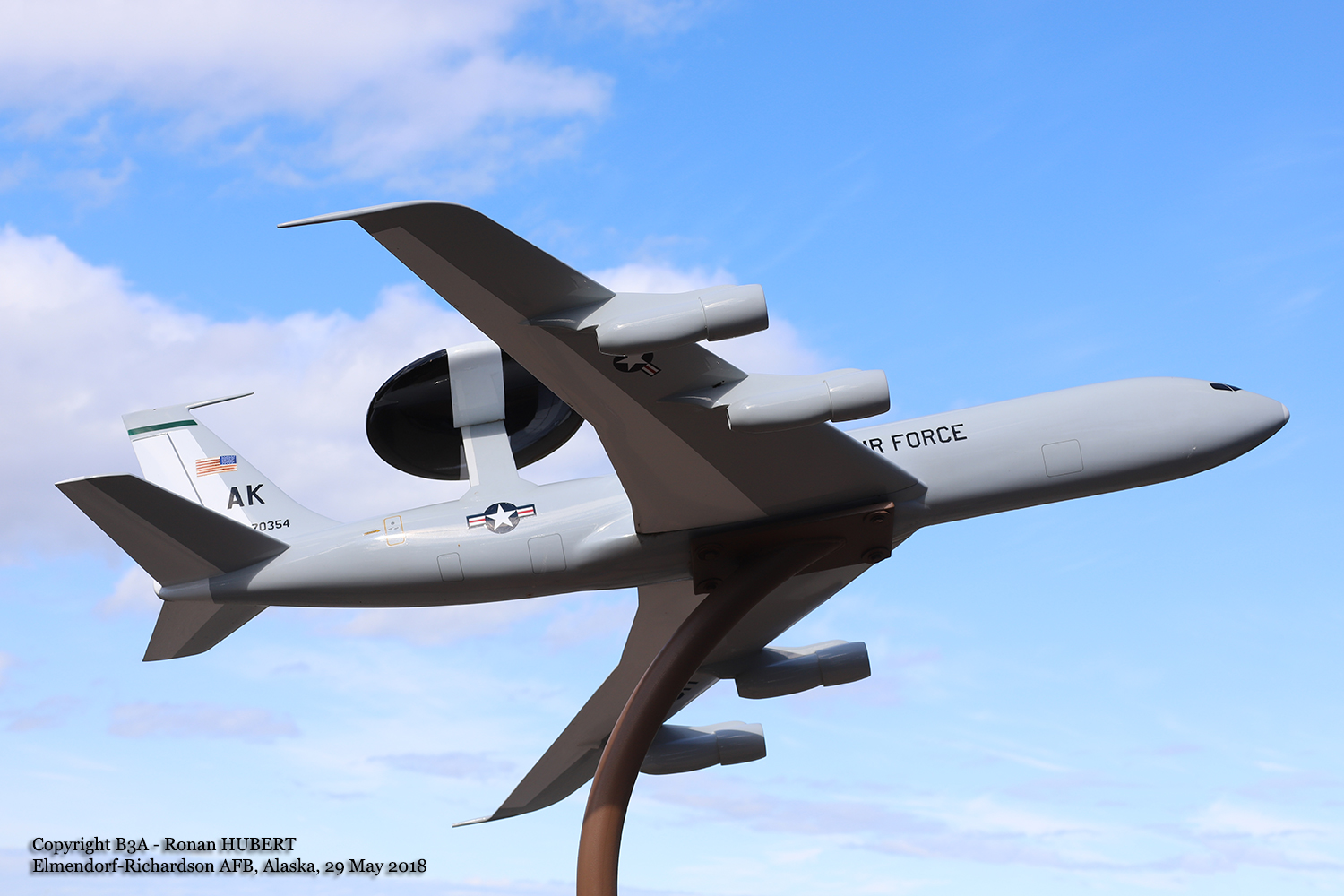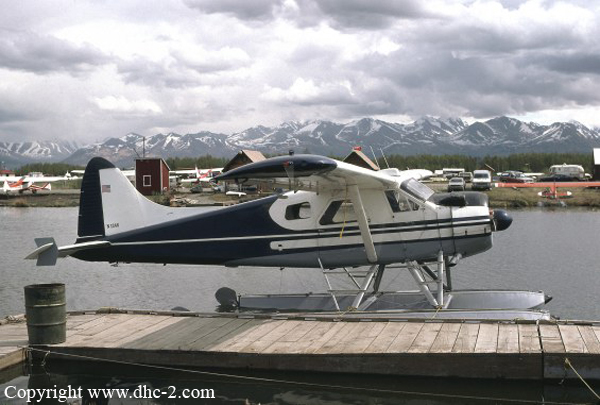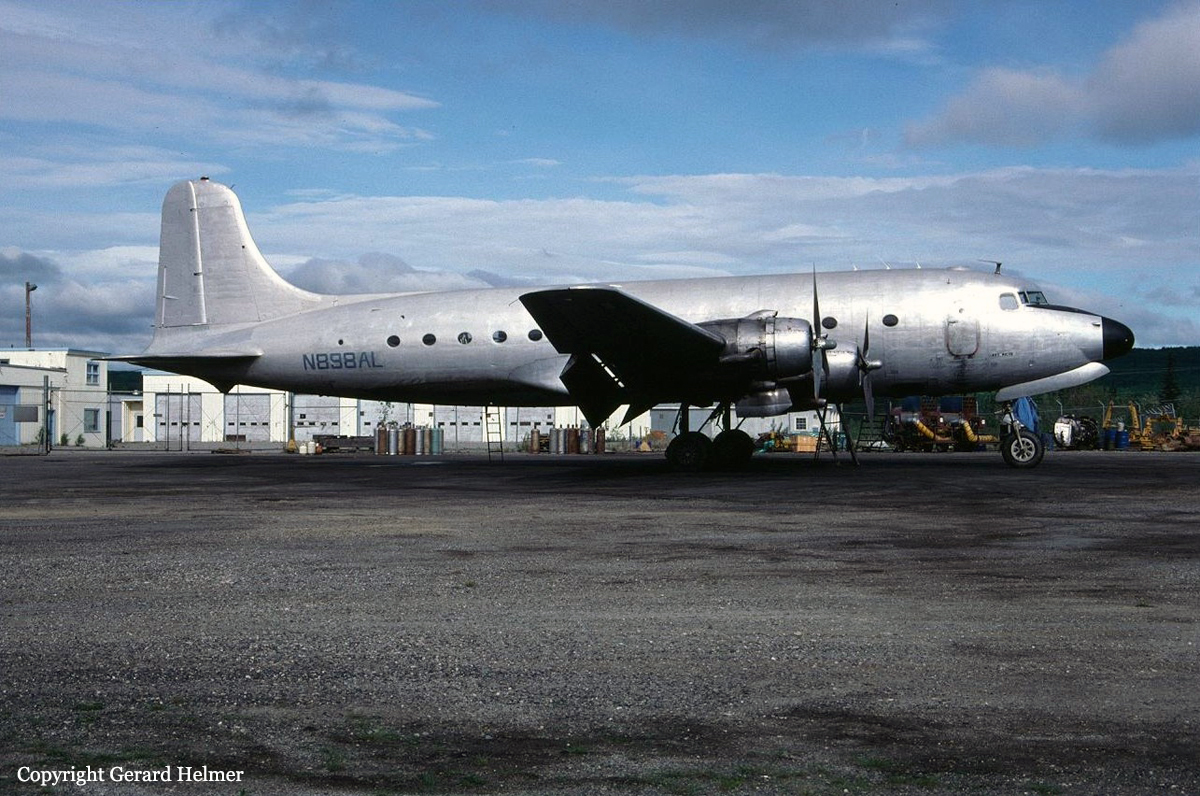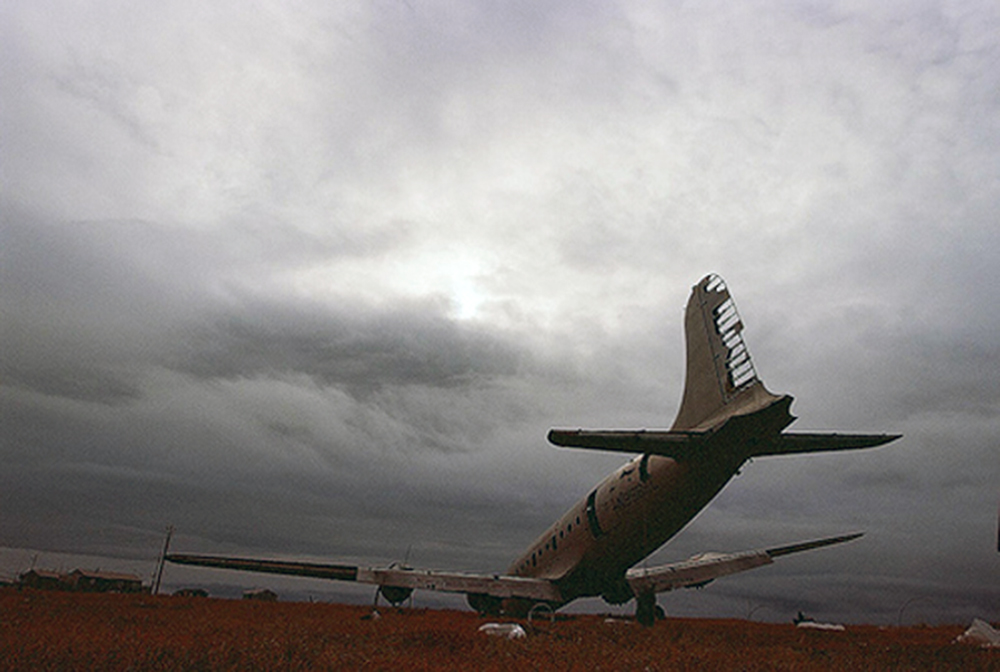Crash of a Beechcraft G18S in Nome
Date & Time:
Dec 18, 1995 at 1316 LT
Registration:
N340K
Survivors:
Yes
Schedule:
Nome - Gambell
MSN:
BA-605
YOM:
1962
Crew on board:
1
Crew fatalities:
Pax on board:
0
Pax fatalities:
Other fatalities:
Total fatalities:
0
Captain / Total hours on type:
450.00
Aircraft flight hours:
6886
Circumstances:
The pilot was attempting to transport by-pass mail from Nome to Gambell, Alaska. The pilot stated that the takeoff run was normal until he rotated the nose of the airplane to lift off. The pilot said the airplane pitched up and he had to apply full forward control yoke pressure while he adjusted the pitch trim to nose down. The airplane rolled to the left and the pilot used the rudders to level the wings prior to impact. The information provided by the company, the FAA, and the post office, indicate that the airplane weighed 10,114 pounds at the time of the takeoff. The certificated maximum gross weight was 10,100 pounds. A weight and balance calculation, based upon information obtained from the company and the placarded limits on the airplane, showed a center of gravity of 121.9 inches. The center of gravity limits shown in the airplane manual are 113 to 120.5 inches. The wreckage examination showed that the elevator trim indicator was indicating full nose up trim.
Probable cause:
The pilot exceeding the weight and balance limitations of the airplane and improperly utilizing the airplane's elevator trim by selecting full nose up trim.
Final Report:

















